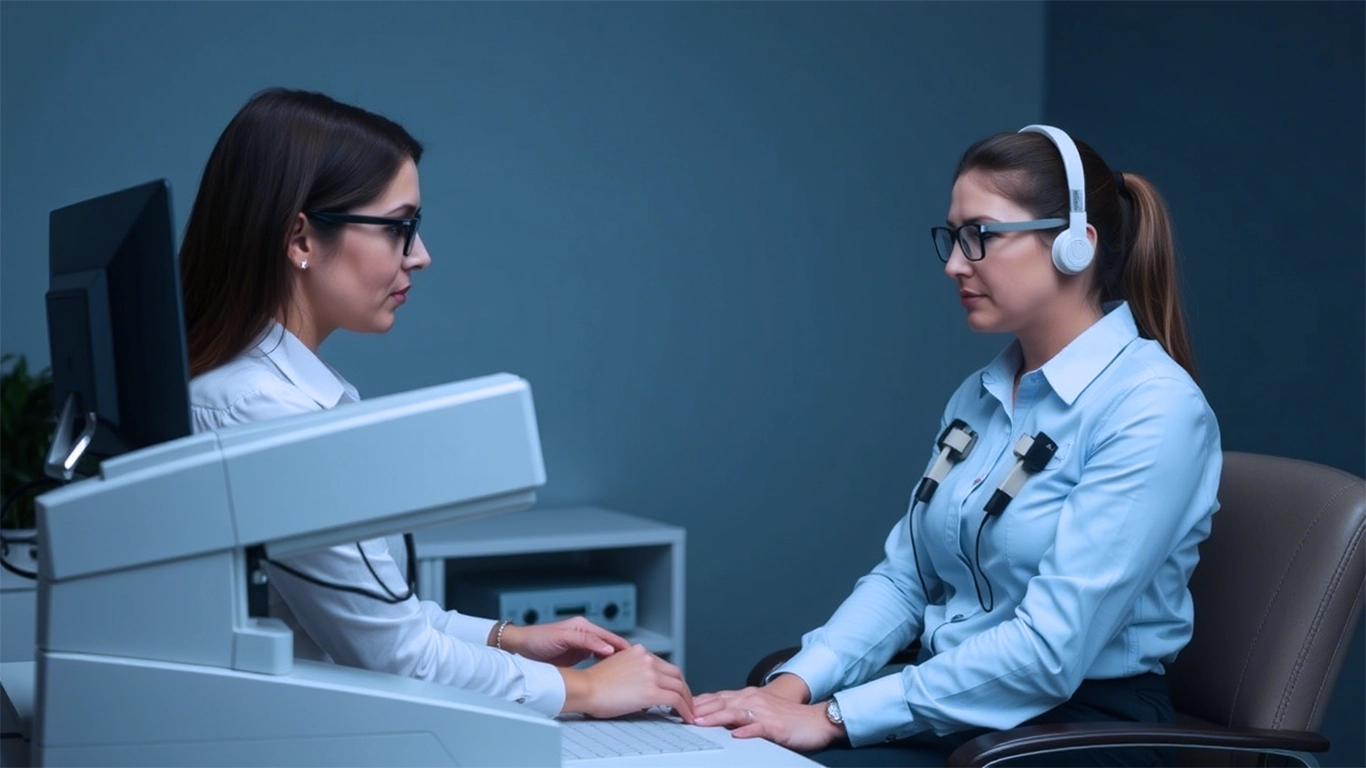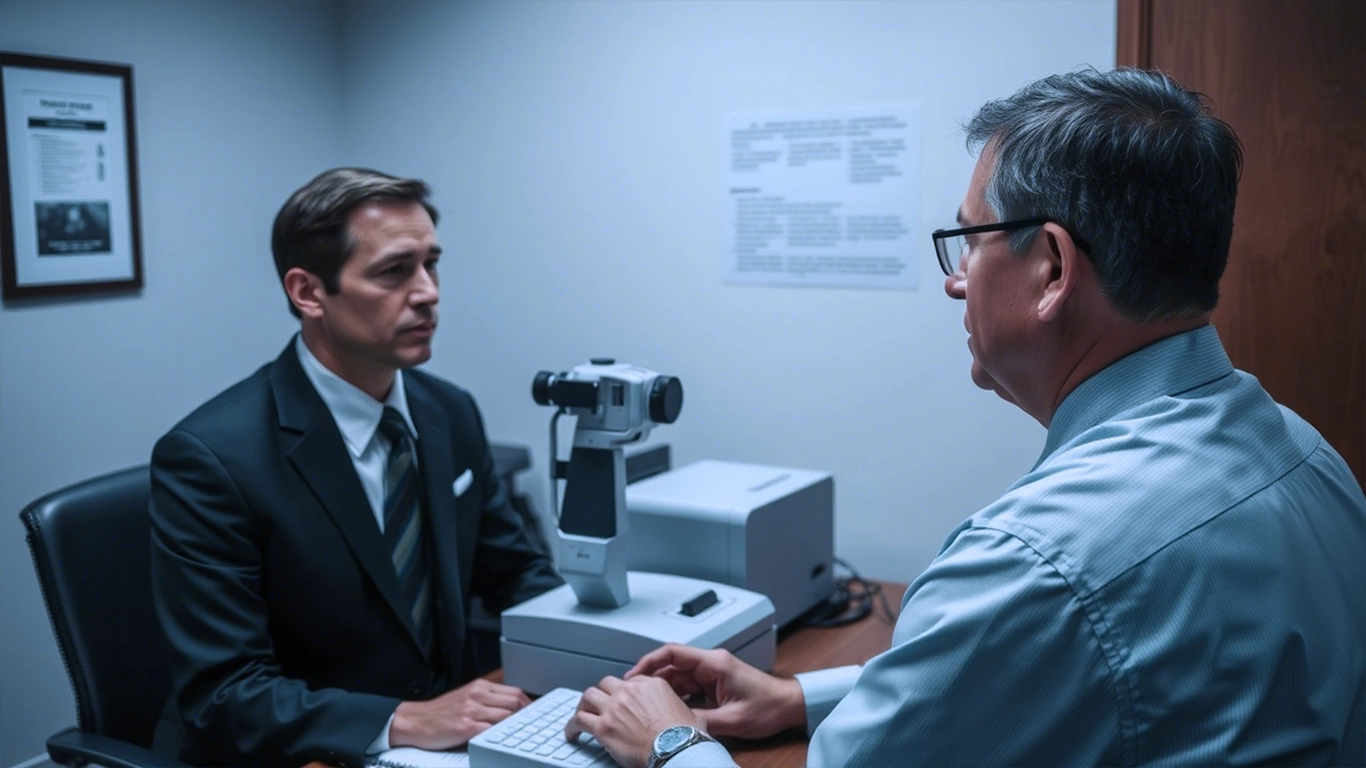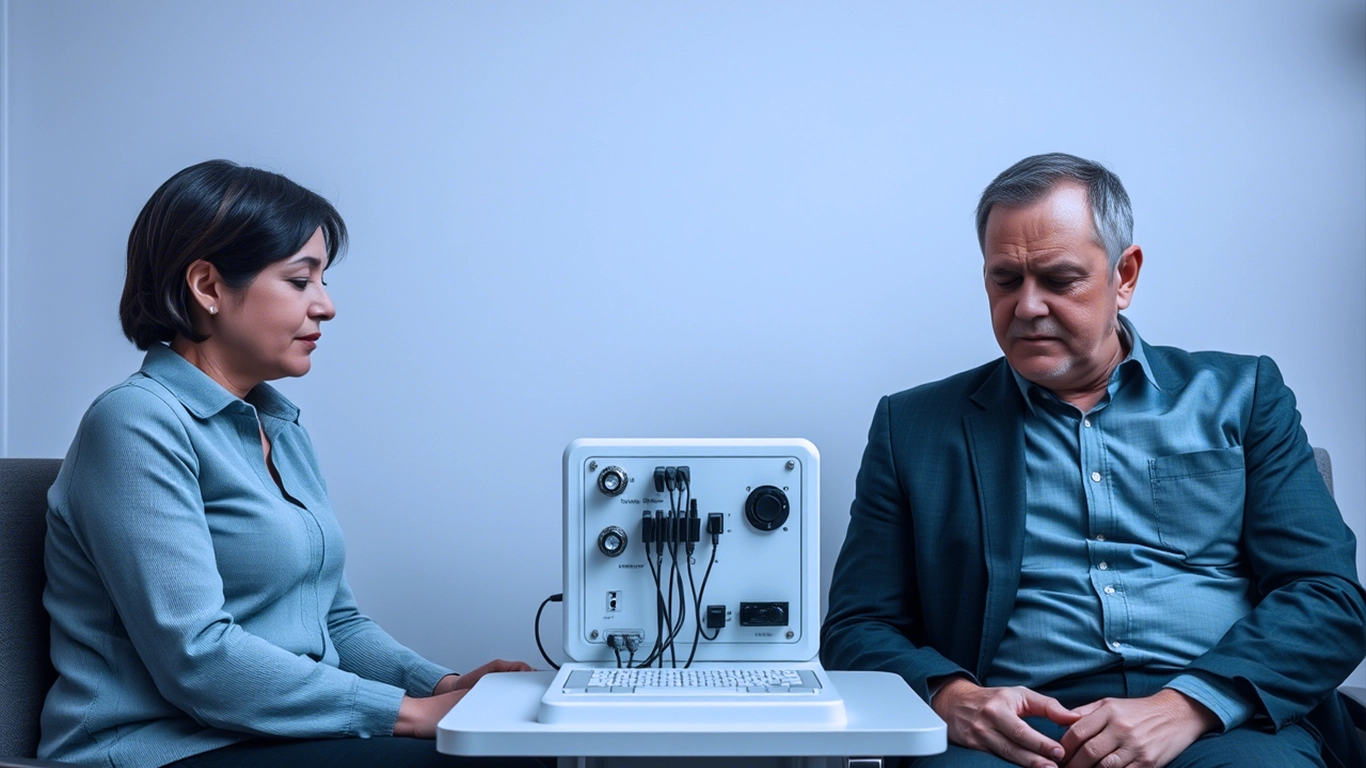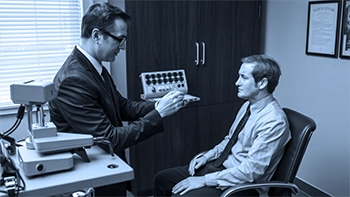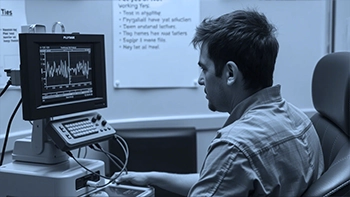Select your language
Basic Calibration and Control Questions Play a Crucial Role in Any Polygraph Examination.
Before proceeding to the main series of questions, the polygraph examiner conducts a special test that helps establish the examinee’s individual physiological response levels. This involves determining how the person's body reacts in a calm state and what happens to the indicators when they attempt to conceal the truth or deliberately distort information. This approach is essential for calibrating the polygraph according to the unique characteristics of each respondent and eliminating distortions related to general anxiety levels, individual psychological traits, and other external factors.
In practice, basic calibration is often conducted in the form of a short survey, including both deliberately truthful and neutral or "false" questions. By comparing the obtained physiological signals, the specialist can determine how the individual’s body exhibits stress, anxiety, or other emotional reactions. These parameters are later compared to responses during the main test, which includes more specific questions relevant to the examination’s purpose. Without calibration, there would be a higher risk of misinterpreting responses, as each person has their own "standard" level of tension and unique reaction patterns.
The Importance of Basic Calibration
Thorough calibration helps define the range of acceptable physiological fluctuations and fine-tune the equipment for a specific respondent. Several factors are considered, including:
- Natural levels of anxiety or emotional tension;
- Breathing patterns, heart rate, and blood pressure characteristics;
- Potential individual reactions to sudden or provocative questions;
- Tendency to control emotions and facial expressions;
- Previous experience with similar tests.
Each of these factors can influence the final results. For example, if an individual naturally experiences sharp blood pressure spikes under any emotional stress, without prior calibration, such spikes might mistakenly be interpreted as signs of deception. However, during setup, the polygraph examiner can determine that such a reaction is normal for this respondent and adjust their evaluation accordingly. Thus, basic calibration not only enhances accuracy but also provides confidence to both the specialist and the client.
The Role of Control Questions
Control questions are integrated into the test structure to compare responses to them with responses to key questions directly related to the investigation or the examined information. These questions are often formulated to provoke a natural reaction of anxiety if the subject is inclined to conceal something. They may be unrelated to the main topic but allow the examiner to detect differences in reactions to truthful and potentially deceptive answers. For example, if a person exhibits the same level of anxiety for both neutral and critical questions, the examiner understands that this respondent may react similarly to all question types, requiring further clarifications or additional testing methods.
At the same time, well-chosen control questions help pinpoint "peaks" in physiological indicators specifically on the questions where the person is potentially lying. If the respondent is honest, their physiological responses to control questions will generally be less pronounced than those triggered by serious violations or crucial facts. Such comparative analysis is only possible through properly conducted basic calibration, which provides the examiner with a reference point for assessing all subsequent responses.
Minimizing False Reactions
One of the key benefits of basic calibration is its ability to reduce the risk of false positives and false negatives. False positives occur when an individual reacts as if they are lying, even though they are telling the truth. False negatives, on the other hand, happen when someone lies, but their physiological indicators do not show expected changes. Both types of errors are undesirable as they can lead to incorrect conclusions, complicate investigations, or negatively impact the reputation of the examinee.
Proper calibration allows the examiner to recognize unique behavioral patterns specific to the respondent. This includes changes in breathing rate, perspiration levels, heart rate variations, and other indicators. When, during the main test, the examiner notices a significant deviation from previously recorded "baseline" norms, they can conclude that deception or deliberate misinformation is likely. However, if no such deviations are present and the reactions fall within the normal physiological range for the individual, the risk of false accusations or incorrect conclusions is significantly reduced.
Transparency and Objectivity of the Examination
Many people experience stress simply from the fact that they are undergoing a polygraph test. To prevent misunderstandings, the examiner typically explains how the device works, which sensors are used, and what data is recorded. This helps alleviate tension and anxiety, especially for those undergoing the procedure for the first time. Basic calibration also plays a calming role in this regard: the respondent sees that their physiological responses are being studied step by step, without pressure and with consideration of their individual characteristics.
Such a transparent approach is crucial for both parties. The test requester is assured that the examination is conducted with maximum objectivity, while the respondent understands that external factors or their personal physiological traits will not distort the results. By following all methodological recommendations, the polygraph examiner can provide well-founded conclusions, specifying which reactions were recorded and why they indicate a truthful or deceptive response.
Factors Influencing the Calibration Process
During basic calibration, the examiner considers several additional factors that may affect the accuracy of the readings. For instance, the respondent’s overall physical condition: chronic illnesses, discomfort, or medications that influence the cardiovascular and nervous systems can alter test results. Psychological mindset is also important: heightened anxiety, distrust of the procedure, or a desire to conceal personal details can lead to additional reactions unrelated to the actual content of the questions.
Furthermore, individual temperament traits must be accounted for: some people are highly emotional and react strongly even to neutral statements, whereas others remain calm even in stressful situations. This is why a polygraph examiner does not make hasty conclusions based on one or two questions. The overall assessment is formed from a combination of data collected during calibration, control question responses, and reactions to the main, most significant questions of the test.
Advantages of a Comprehensive Approach
A key component of a successful polygraph examination is a comprehensive approach, which includes:
- A preliminary interview with the respondent to reduce stress levels;
- Basic calibration considering individual physiological traits;
- Well-formulated control questions to enable accurate response comparisons;
- A thorough analysis of collected data while accounting for potential errors;
- Additional testing or verification methods in case of ambiguous situations.
Each of these steps is carried out sequentially and carefully to ensure the final results are as reliable as possible. If any unusual reactions or inconsistencies arise during the process, the examiner may suggest recalibration or include additional questions. This method helps eliminate random fluctuations in physiological indicators and provides a clearer picture of the situation.
Conclusion
Basic calibration and control questions are fundamental tools that make polygraph examinations effective and objective. They allow the examiner to move beyond merely collecting random physiological responses and instead establish a structured reference system to distinguish between normal emotional reactions and those triggered by an attempt to conceal the truth. For all participants—whether the test requester or the examinee—transparency and accuracy are of the utmost importance.
When each stage of the examination is carefully structured and considers individual characteristics, the final results leave little room for doubt. This is particularly crucial in cases involving reputation, financial matters, or security concerns. A well-conducted calibration, properly formulated control questions, and a qualified analysis of collected data—these elements form the basis of reliable and objective testing results.











